YYYYMMDD >>> BACK HOME <<< >>> SELECTED FEATURES <<< >>> HIDDEN ARCHIVE <<<
[20220909]
<V8> with works by ANNA UDDENBERG, MIRE LEE, CAMILLE YVERT, WONWOO LEE, HYANGRO YOON, HEEMIN CHUNG, MINHEE KIM and SEBASTIAN BURGER at CYLINDER N/A curated by DOOYONG RO [from 20220709 to 20220814]
[Photos: Jinhyeok Oh]
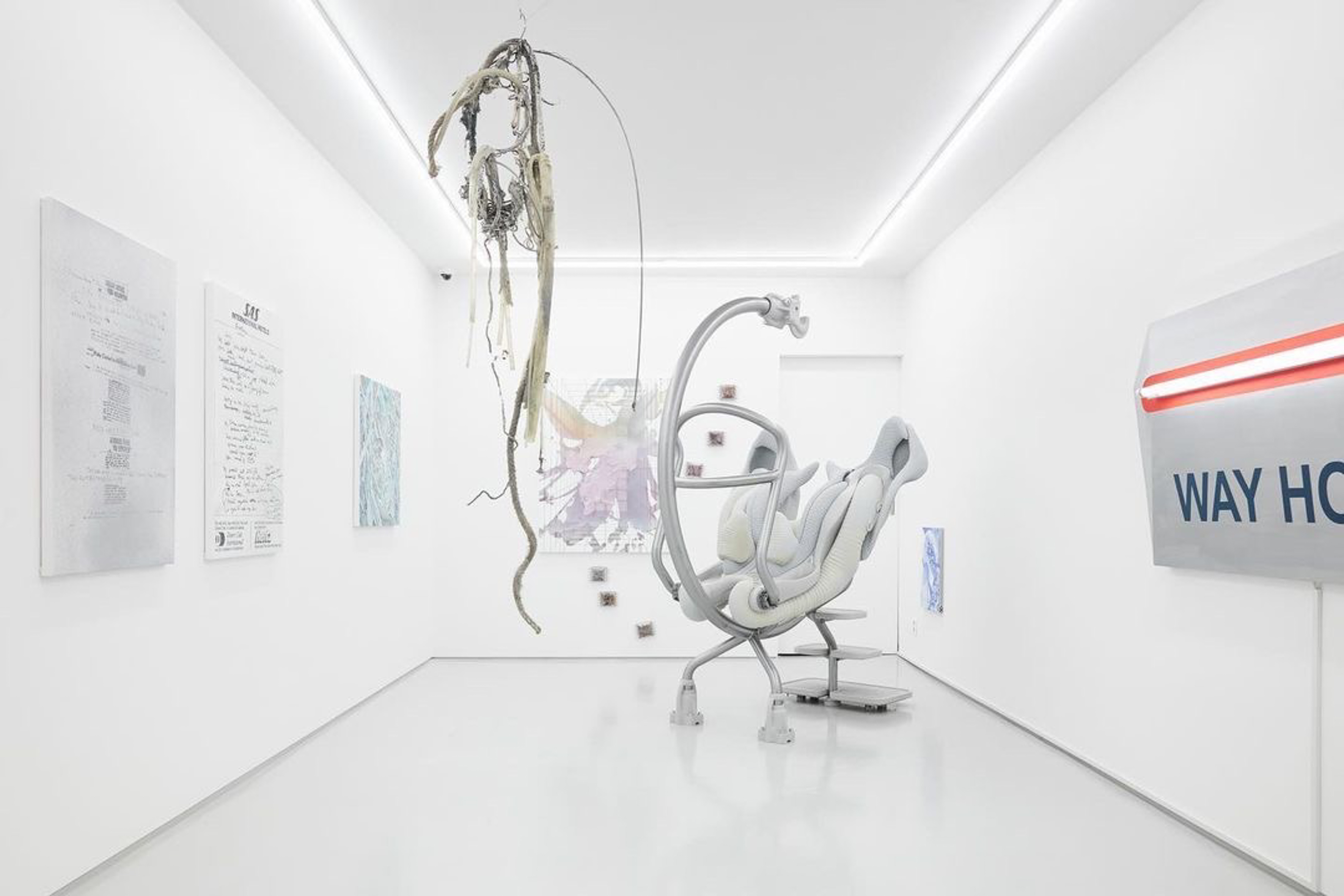

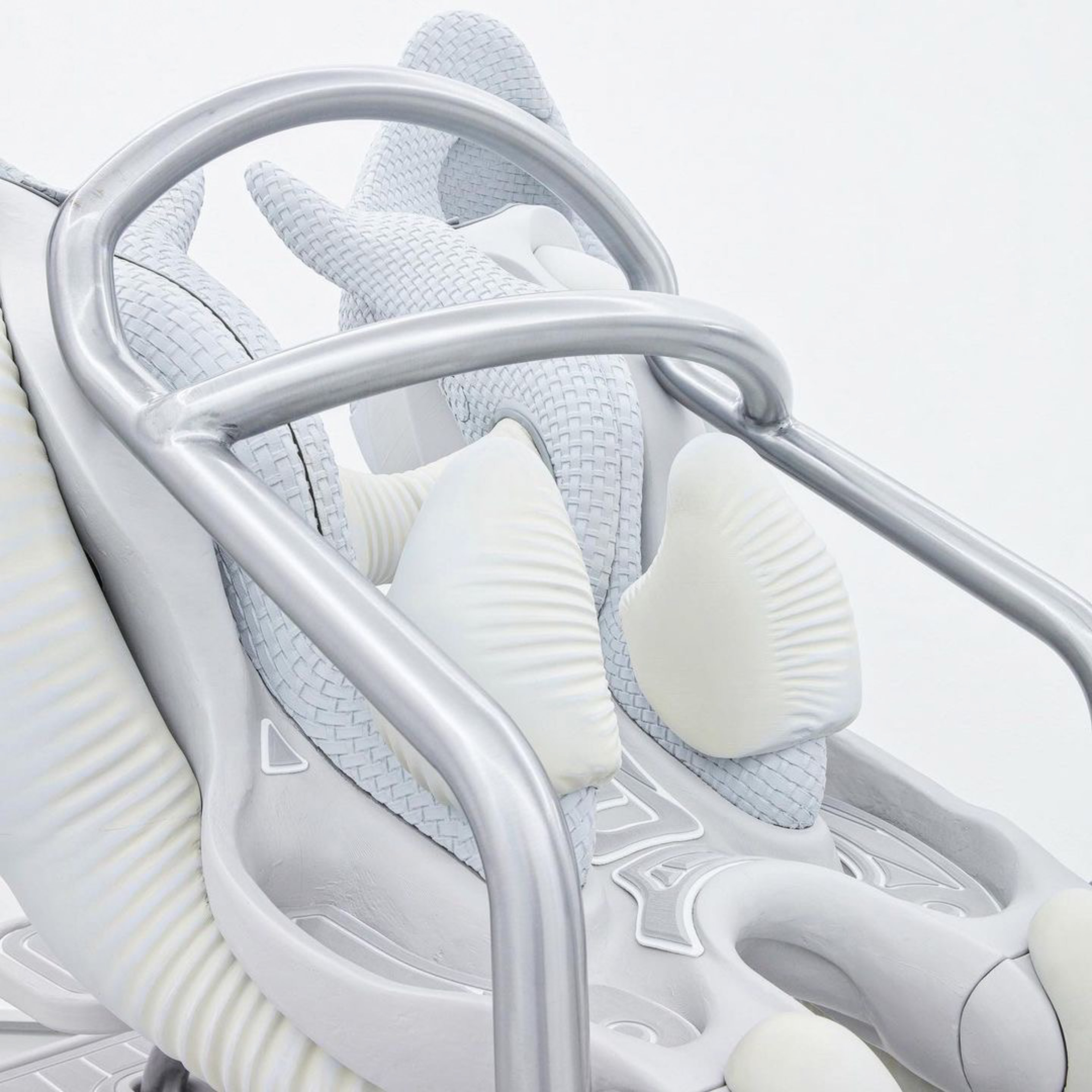
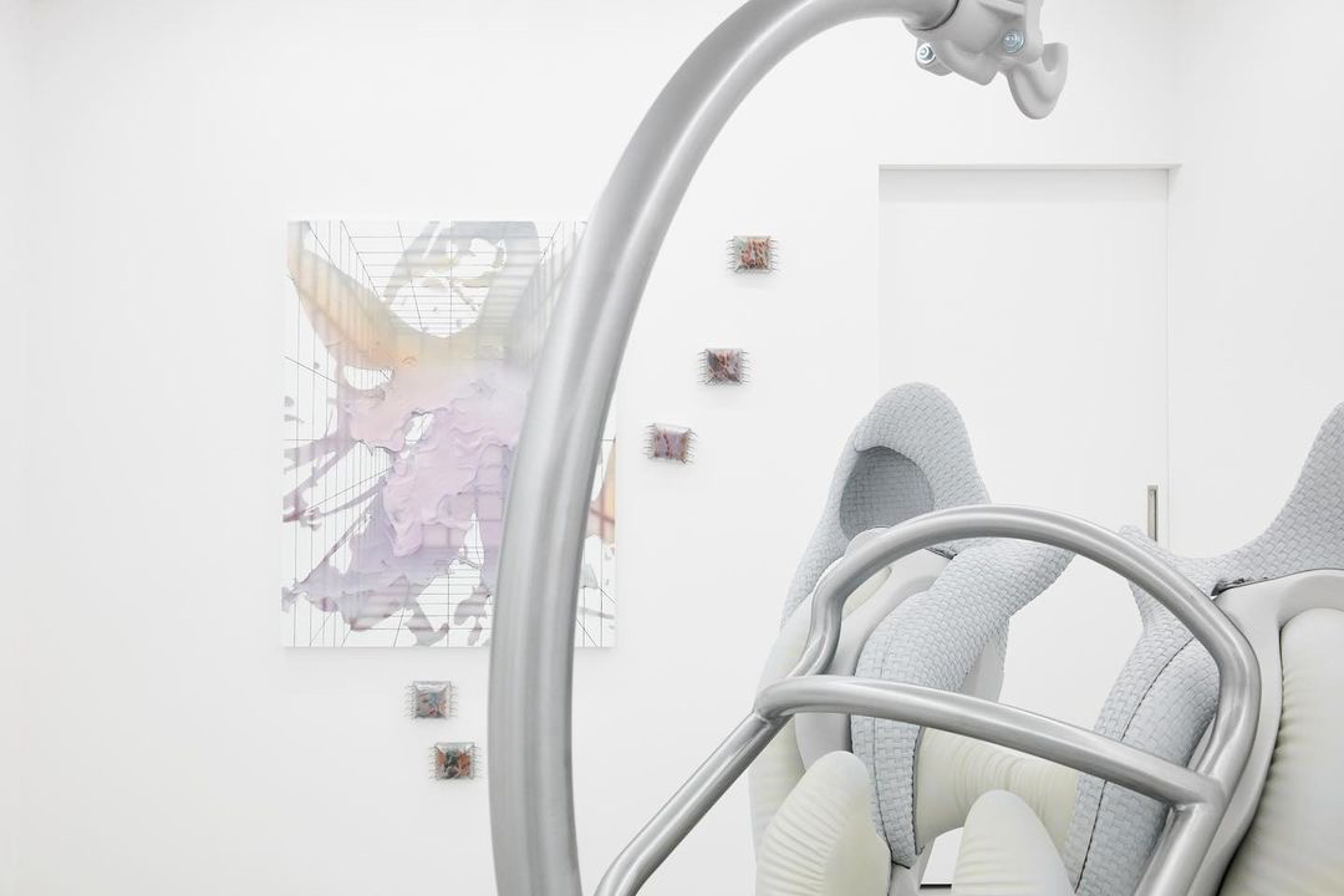



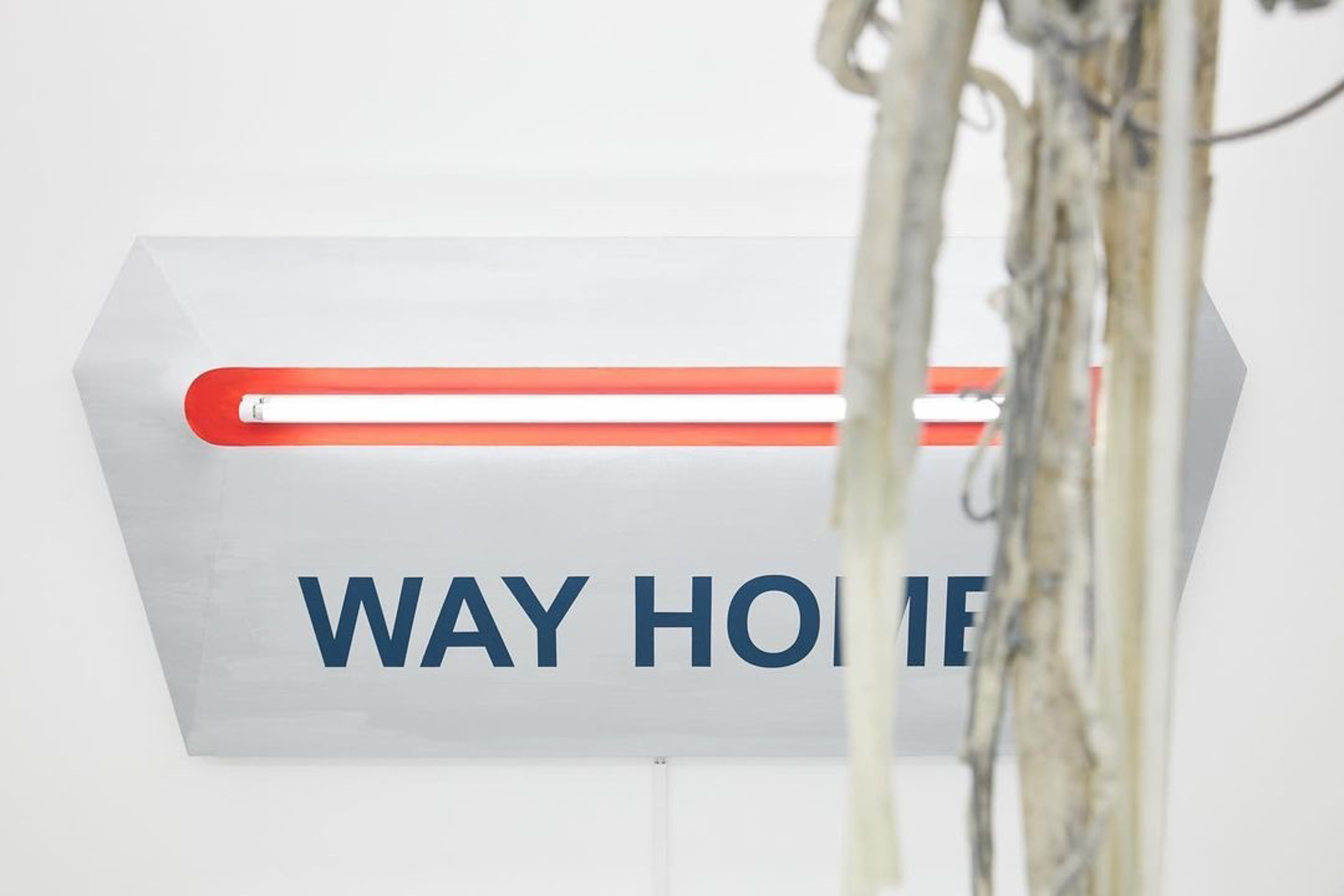

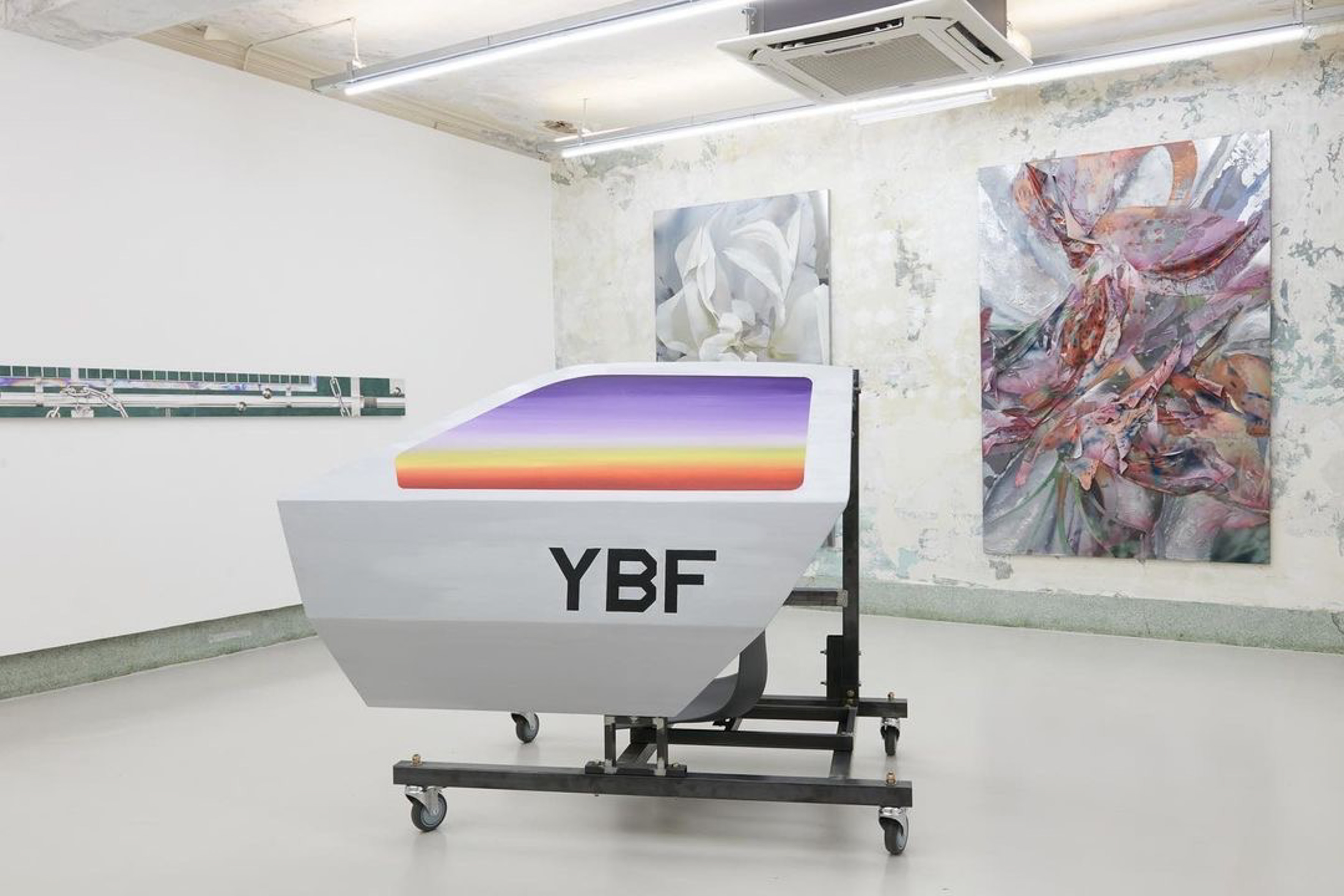
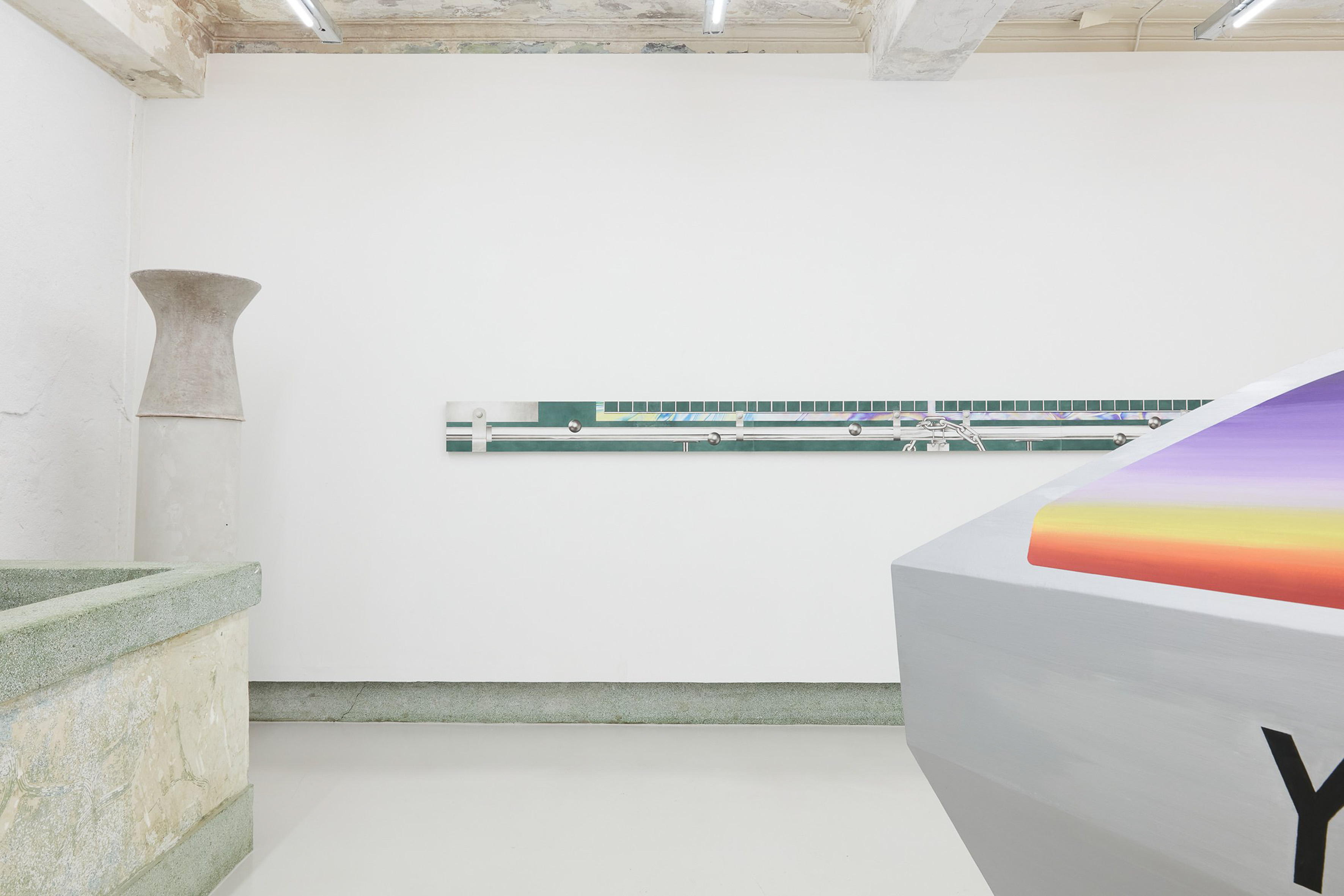
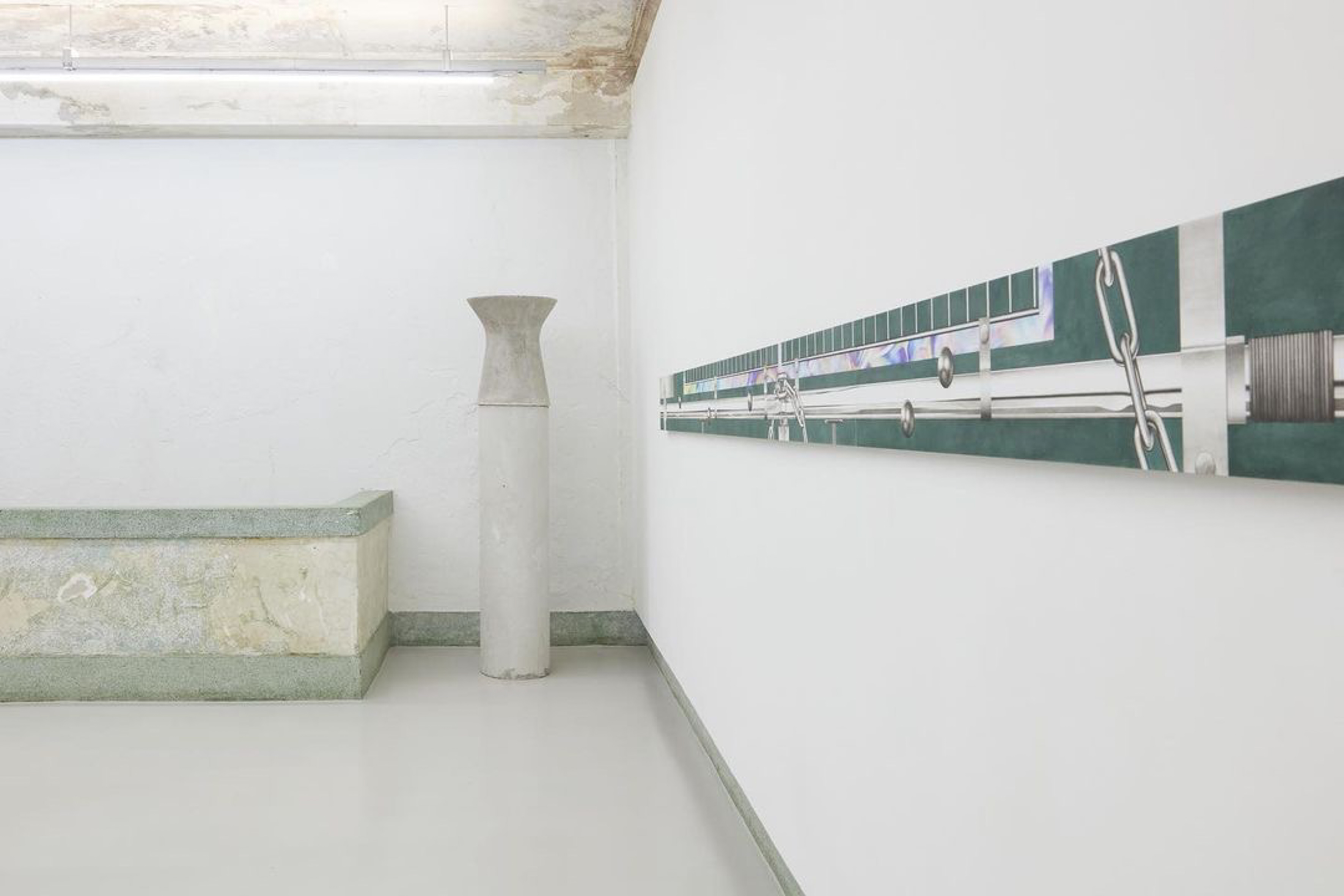
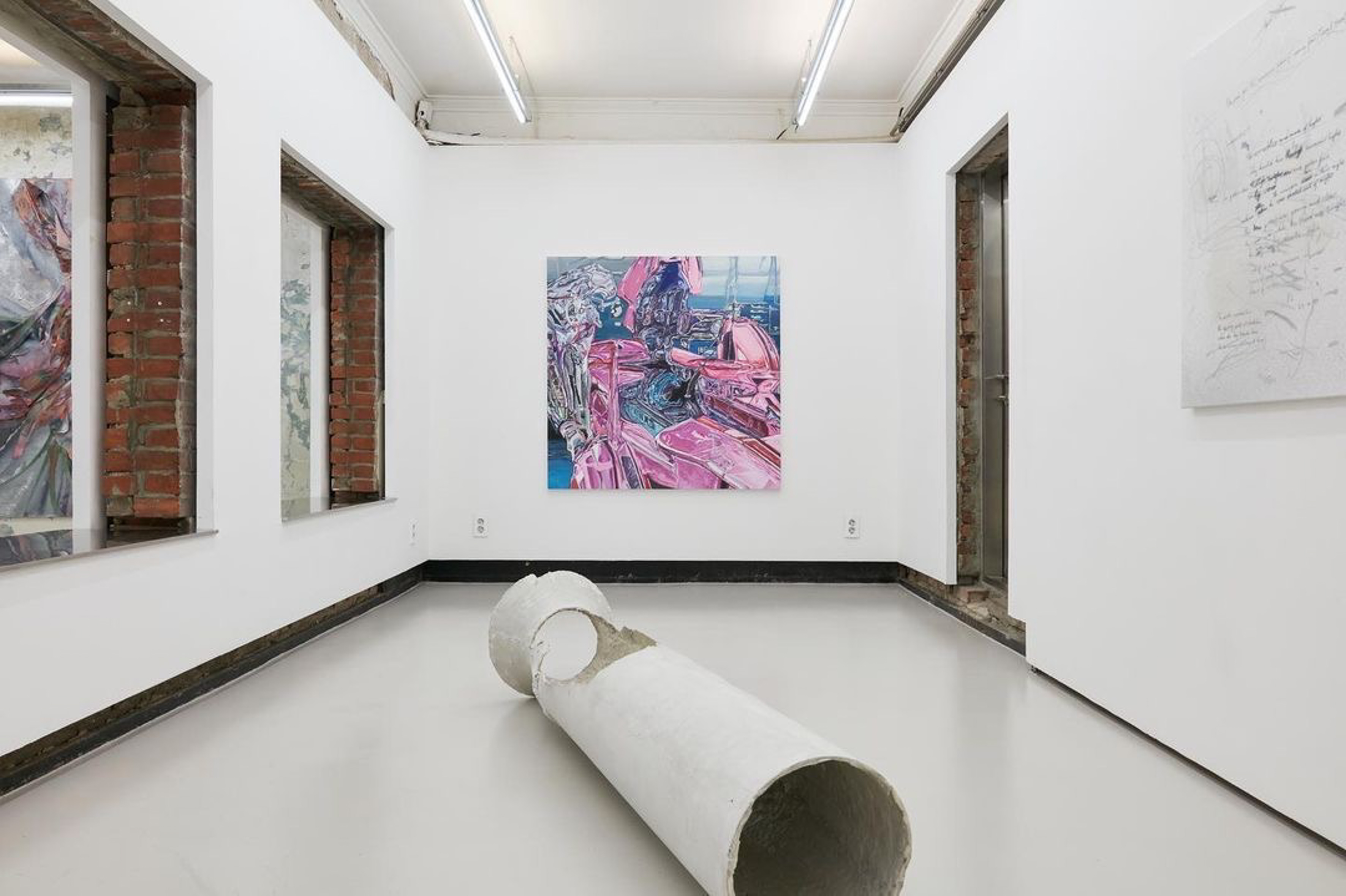
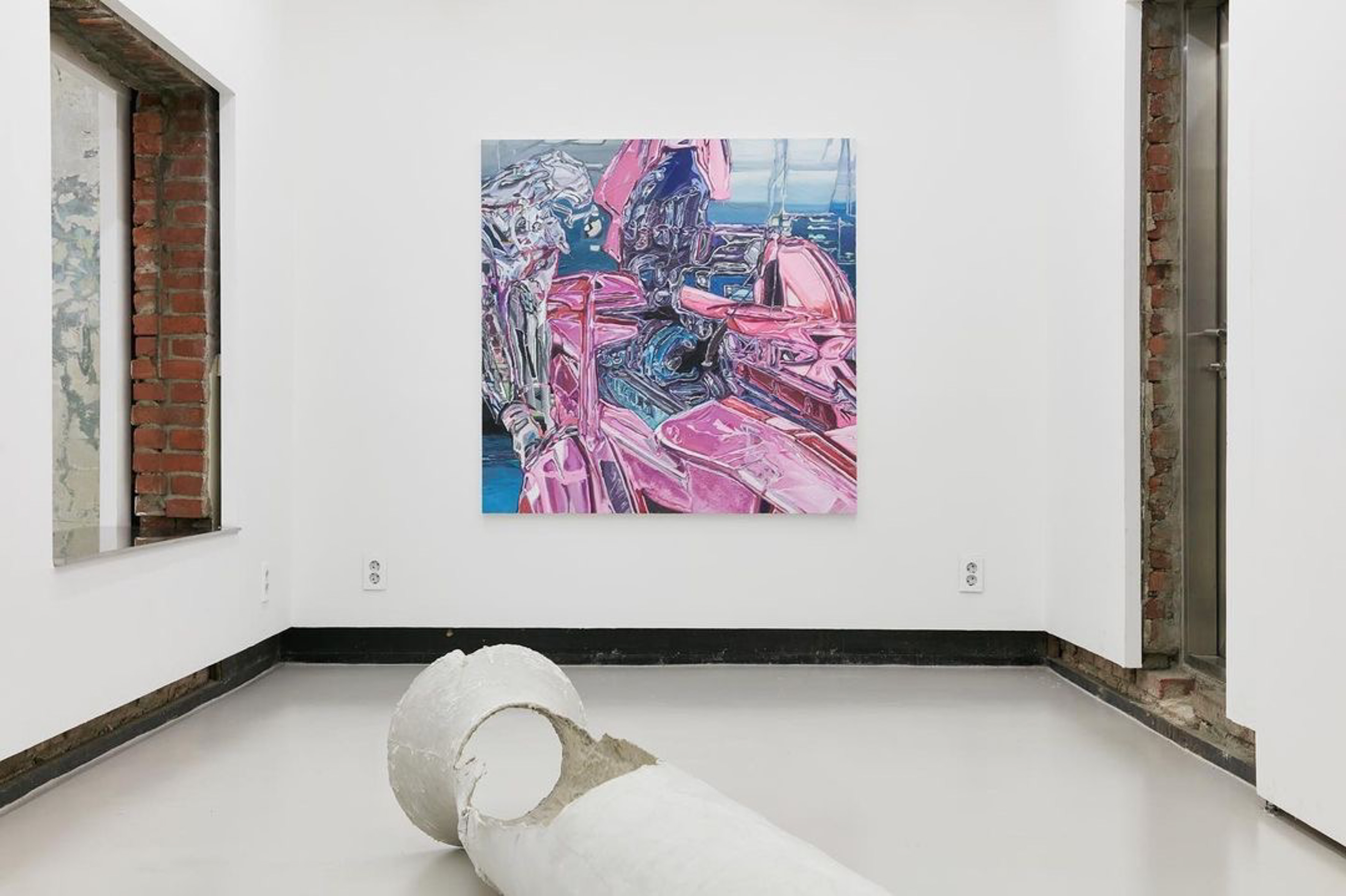
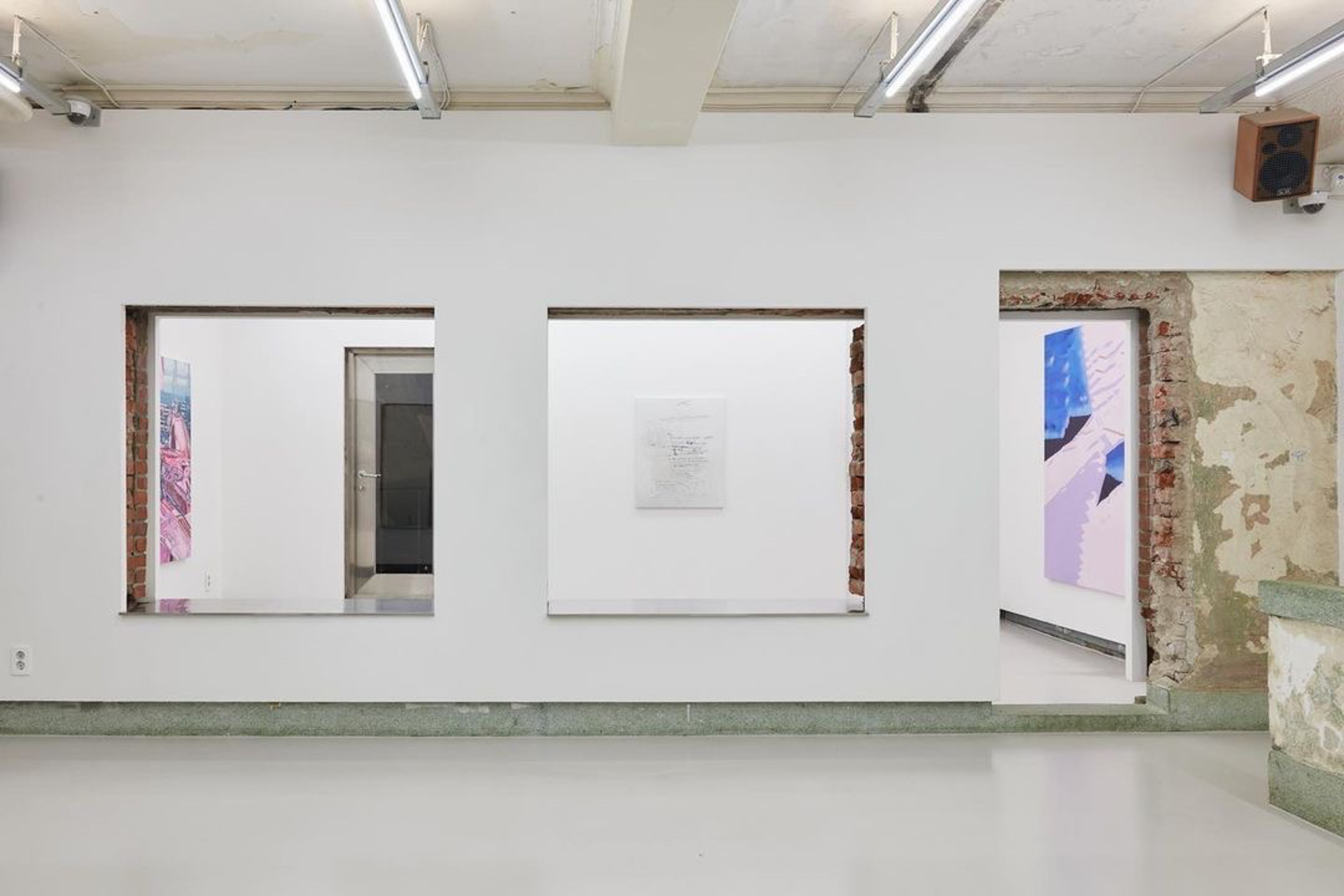
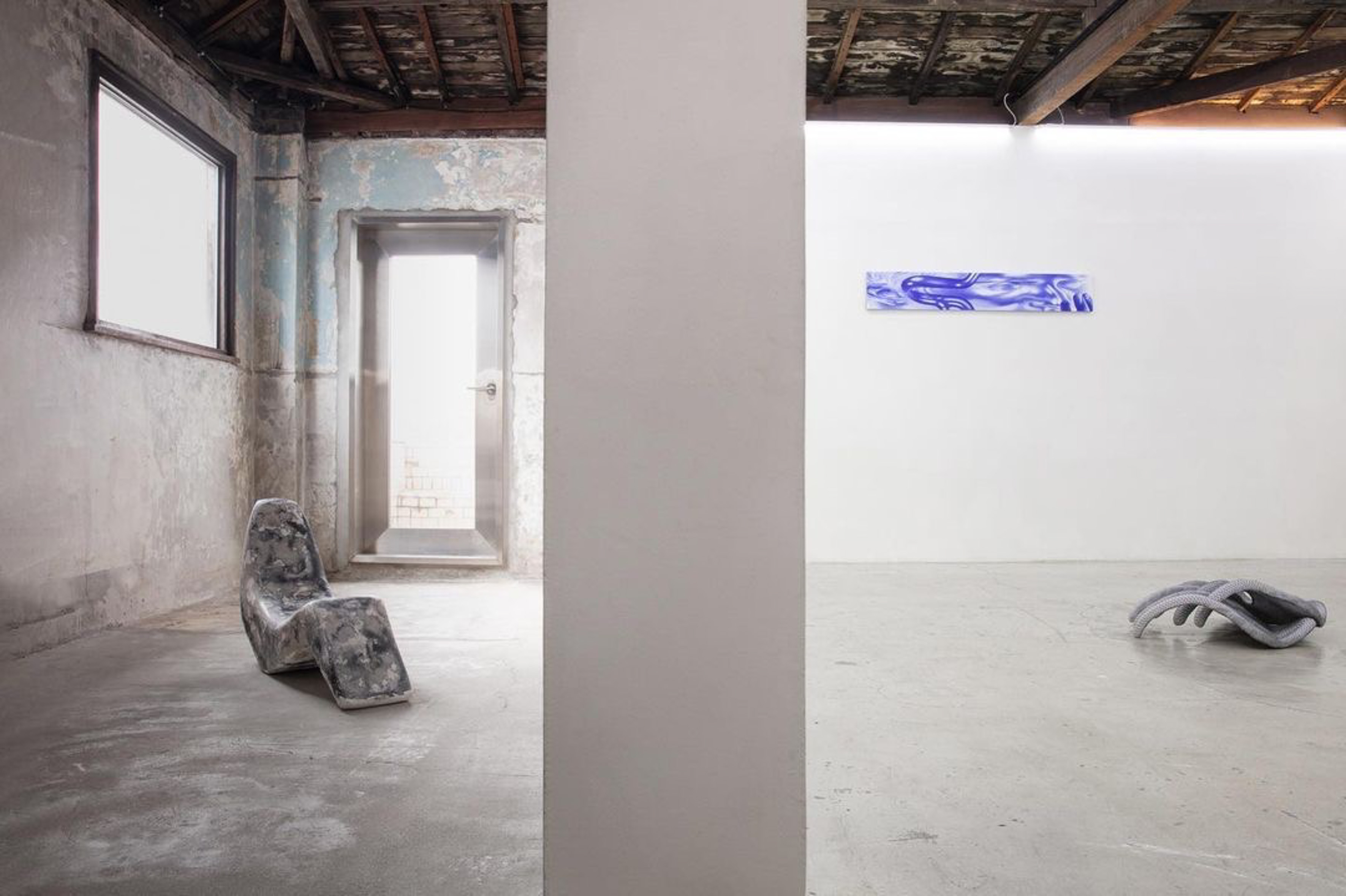
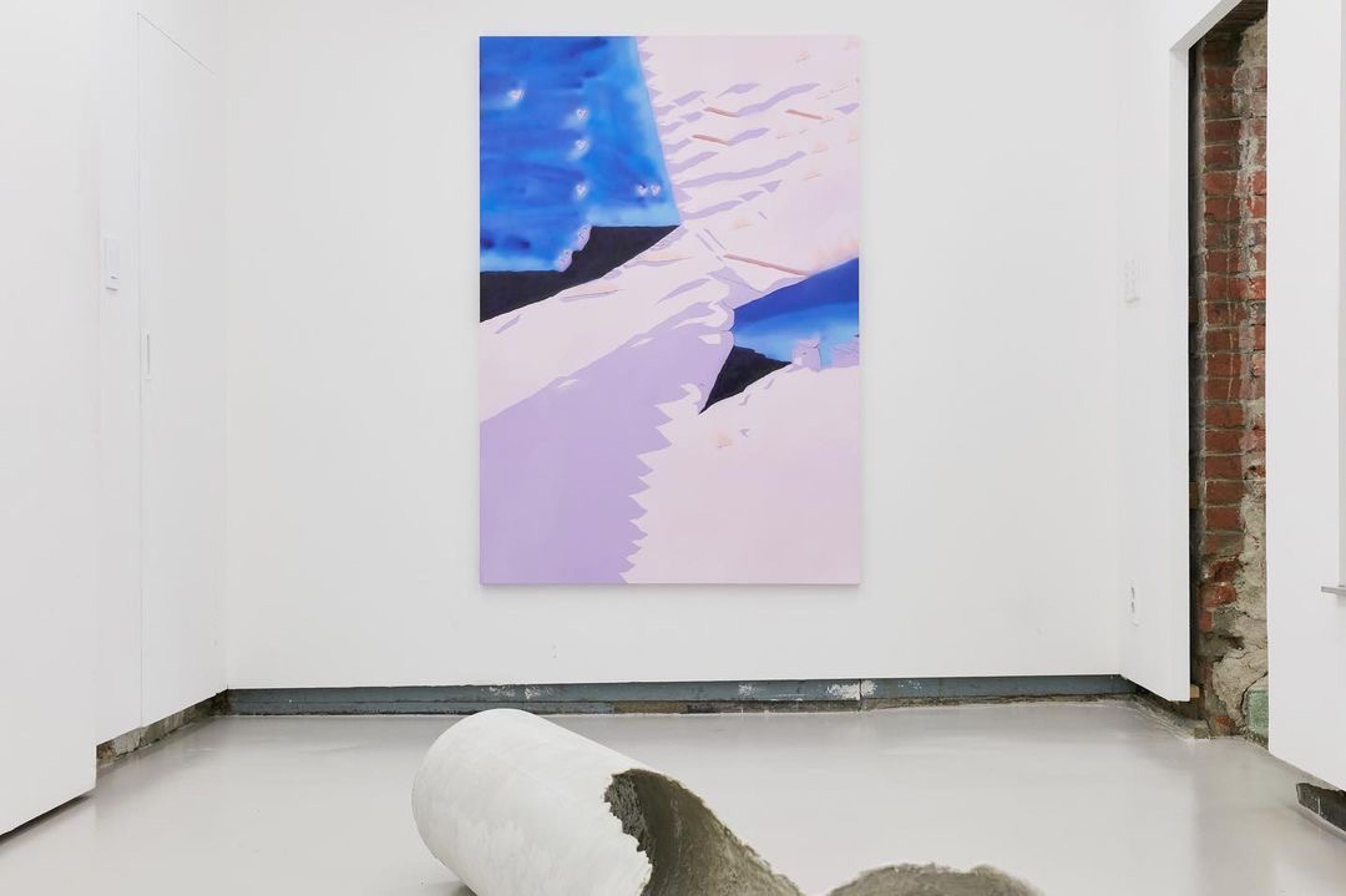
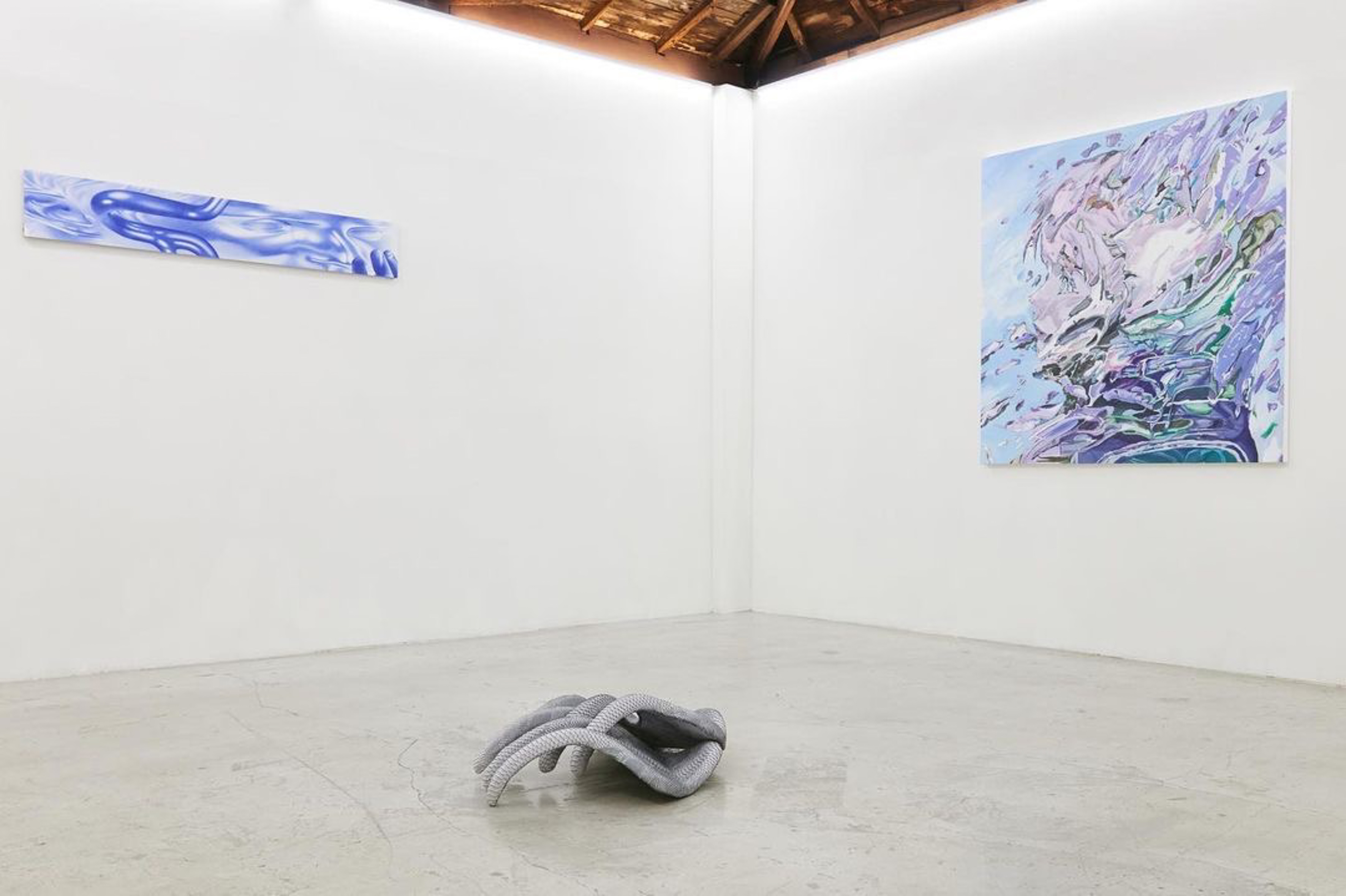


The year 2022 has witnessed the demise of the internal combustion engine, propelled by the rise of vehicle electrification. Automotive companies such as Tesla and Polestar that only offer electric vehicles (EVs) have emerged as a game-changer, completely transforming the landscape of the long-standing motor industry, with increasing EVs and their charging infrastructure dwarfing the muffler sound of internal combustion engine vehicles (ICEVs) that used to dominate the streets. On top of this, the biggest carmakers at the center of the history of the automobile industry including Mercedes-Benz, BMW, and Audi are phasing out their manufacturing of cars powered by regular internal combustion engines and increasingly building EV facilities, proving that electrification is an irreversible trend of our times.
Electrification enables a significant cut in carbon emissions, which provides a perfect rationale for traditional automakers to pursue their profits and keep their brand identity, while causing no environmental harm. Automobile manufacturers are now striving to gain the upper hand in electrification, just as they did for internal combustion engines in the past, since electrification is the optimal platform for electrical and mechanical hardware development to achieve fully autonomous driving in connection to EVs’ underbody batteries. In other words, the pursuit of internal combustion engines by traditional automotive companies would simply mean going down a regressive path strewn with obstacles such as environmental regulations and technical constraints: a backdrop for why the auto industry is rapidly moving away from the previously ubiquitous internal combustion engines.
However, even with its burgeoning presence in the long-established auto sector, backed by eco-friendliness and outstanding technological prowess, electrification fell short of wiping out the traces of intuition embodied in internal combustion engines. No matter how fast EVs could reach maximum torque powered by an electric motor and respond faster than ICEVs, neither could they imitate the candid performance of engines that work instantly in reaction to a driver’s physical movements without any intervention of a motor—especially that of Naturally Aspirated Engines (N/A Engines) which aspirate air right after an accelerator is stepped on, nor could the Porsche Taycan’s electric sport sound recorded to enhance EVs’ drive sound replace the exhaust sound that hit our eardrums with naturally-created intense sound waves coming from the mixer in the engine. Our memory of and knowledge about internal combustion engines that are naturally acquired from our physical experience of them stimulate our instinct and relevant senses, even more so as the advancement of electrification gains momentum. Car enthusiasts still collecting ICEVs including classic vehicles, and more specifically, seeking to preserve the unique sense of driving sports cars, gives us much food for thought. The electrification of the automobile industry presents newness, convenience, and eco-friendliness, but at the same time, holds significant implications for the present and future of the motor industry to those who have experienced internal combustion engines in its entirety.
Then how about the field of art that surrounds us? Just as the systems and exterior of vehicles are going through a transition driven by the shift from internal combustion engines to electrification, the contemporary art realm is also encountering unfamiliarity, as state-of-the-art technologies and fresh alternatives that came out in reflection of the past are emerging. Whereas past media occupied limited spaces and followed customary rules, arts in the virtual world such as the digital space pursue decentralized values, giving birth to more liberal forms of art. Perhaps the art realm is transforming itself even at this moment to open up a whole new chapter, going beyond simply creating more diversified alternatives and dimensions. However, just as the unique sense of driving and high performance of internal combustion engines are inimitable by EVs, traditional media including sculpture and painting will still hold great significance in the history of art and history as a whole, regardless of the ever more blurred lines between the virtual and real world and the predominance of new and unfamiliar art media created in the digital space. compares the traits of Naturally Aspirated Engines—the most intuitive form of internal combustion engine represented by V8 that boasts sharp and balanced exhaust sound and acute responsiveness by instantly aspirating air— with sculpture and painting in the present day to discover similarities, and in the end, present retrospective perspectives on the fast-changing motor industry and contemporary art.
Put differently, is an exhibition staged in response to the artworks that incorporate futuristic tools including metaverse and NFT that are created in expanded spaces arising from the disappearing boundaries and are accelerated by the emergence of new digital media. The exhibition takes the abbreviation of N/A from “Naturally Aspirated” as the name of an exhibition space instead of the more commonly used “Not Applicable” to evoke images related to car engines. Here, CYLINDER serves as an alternative space for the cycle of pistons. In this regard, creates a virtual space of inlet and outlet for the air condensed by N/A and CYLINDER, and the eight participating artists serve as eight pistons in a tremendous V8 engine that connects N/A in Euljiro to CYLINDER in Gwanak-gu. Furthermore, the eight artists give birth to artworks by incorporating vehicle-related objet that evokes the traces and speed of ICEVs. The exhibition defines the bodies of certain vehicles with N/A engines as “skin,” and connects this to the traits of the eight artists in an attempt to translate a kind of fetishism and possessiveness evoked by the sleek exterior of supercars designed aerodynamically into artworks. The artworks with eight different skins are displayed in the gallery as a token of allurement, and such charm dispersed across the two exhibition spaces become individual clues that make the audience imagine a single seamless skin.
Lastly, commemorates the presence of internal combustion engines while the era is nearing its end and pays tribute to sculpture and painting, a constellation of palpable and tangible beings, that still has a foothold in the art realm even amidst the start of a new era characterized by the emergence of unfamiliar environments, media, and artworks. Furthermore, the exhibition conveys a message that sculpture and painting will maintain their firm footing on independent coordinates of the three axes based on their traits of carving and drawing that go all the way back to the primitive age, dismantling the constraints that come from the newly-emerging media and the consequent loss of materiality. Just as the RPM of Naturally Aspirated Engines surges as a driver presses the accelerator, the eight artists’ sculptures and paintings that embody their breath and efforts leave unique and substantial footprints—clearly and calmly—amidst the vortex of changes that we sense.
[Text: CYLINDER]
©YYYYMMDD All content and design by Daniela Grabosch + Ricardo Almeida Roque unless otherwise stated. Images, Videos and Texts can only be used under permission of the author(s).